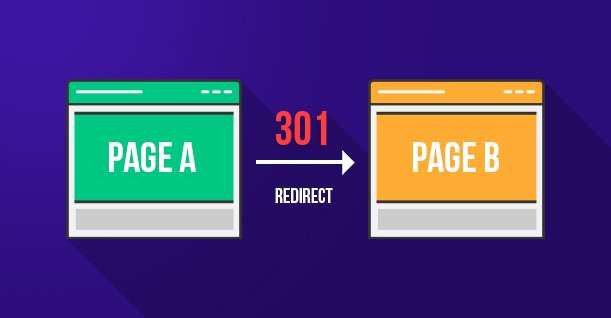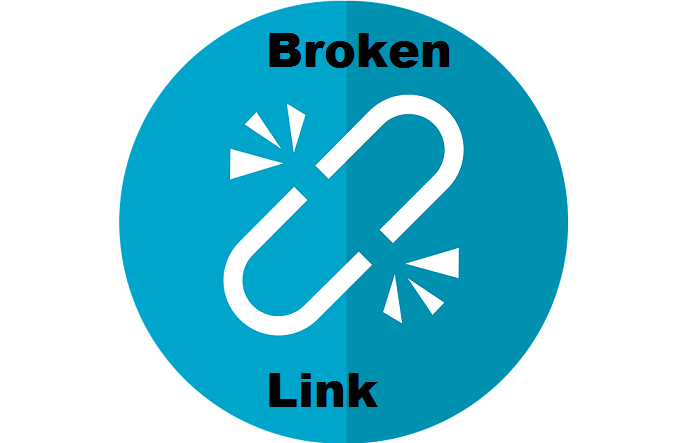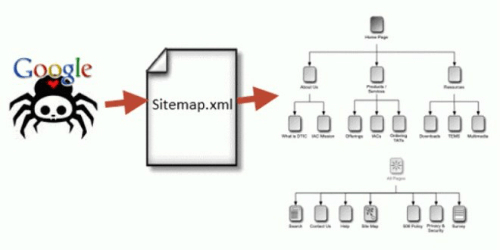As a website owner, one thing that scares you the most while changing web host is losing the efforts you have put into optimizing your website for search engines. There is no doubt that web hosting affects the search engine optimization (SEO) of a website.
Table of Contents
The move can be straightforward if you have a small website containing a number of web pages. But if your site is a big one with lots of web pages, complex hosting, multiple servers, etc. then it can cause you a headache.
If you are wondering how change the website host without losing the SEO, then let me tell you the fundamentals. When a website is migrated to a new host, changes are made to the DNS (domain name system) for directing domain name to the location of new host. Search engines will then have to crawl your site at the new location. It surely affects the SEO.
To avoid negative SEO effects, you need to take a number of things into consideration when making the change. This article includes the best ways to move your WordPress website to a new web host without affecting the SEO.
Create backup of current WordPress site
The first thing you must do before migrating to a new host is create the full backup of your old WordPress website. Website backup is something you should be doing regularly even if you are building a blog or migrating it.
There are two reasons of backing up your site during migration. First, you will need a copy of all the content and data to set up the new site. Second, it will be useful if something goes wrong during the migration.
WordPress comes with several good plugins for website backup, so it will be better to utilize them. In case you choose a website builder for setting up your website, you should check the plugin compatibility in order to proper backup of databases and themes.
Check the new domain
The new domain to which you are moving your site might be a nasty one. It has nothing to do with web hosting providers. There have been cases where people abandon domain names because of penalties from Google for nasty usage. When other users buy those domains, it affects their websites.
So, it is better to check the health of your new domain using Google Webmasters Tools (GWT). Just add the domain name to GWT and check the Manual Actions Page. It will let you know if there are any issues with the domain. You can go ahead without worrying if you get a green signal.
Shift your WordPress site to new domain
Moving a website from current web host to a new host is not a game of copy and paste. You will also need to transfer the static WordPress files and entire database to the new hosting server.
You should use database migration plugins like Duplicator or All-in-one WP Migration for smoother migration of database. It a best plugin to change a Website host without losing SEO ranking. The database duplication can take some time to create a package of your WordPress database, which depends on the size of database.
Next, you will need to upload the database package to the new website.
Add permanent 301 redirects
This is the most crucial step for SEO and user experience while moving the WordPress site from one host to another. The link redirections allow users and search engines to come to your new site from the old URLs.
This process helps you save the subscribers and visitors, eventually generating the traffic.
Good thing about this step is that it can be done easily by pushing some code to the .htaccess file. If you are maintaining the structure of new URL according to the old URL, then this step becomes easier. For example, moving oldurl.com/managed-wordpress-hosting to newurl.com/managed-wordpress-hosting.
Find the .htaccess file in the WordPress directory of your current website and push this code at the bottom:
#Options +FollowSymLinks
RewriteEngine on
RewriteRule^(.*)$ http://www.newsite.com/$1 [R=301,L]
Make sure to replace the newsite.com with the URL of your new site in the code above.
This process is called 301-redirection and is used to tell Google and your visitors that you have redirected your old website to a new URL.
If you see some error in redirection, it might be because you made some mistake in setting up the 301 redirections.
Check new website for broken links
Once you are done moving to a new WordPress site, you should check for broken links, missing images, posts and images. During migration, sometimes a few of the links and images break within the content. For example, the internal links within the content might be having the old URLs, which sometimes show 404 errors.
The 404 errors and the images showing a broken thumbnail in posts provides poor user experience. It is recommended to use plugins that can help you easily find broken links.
Tell Google about the change
For good SEO, this is another important step to be considered. You need to notify Google that you have change a website host without losing website SEO ranking, without waiting for Google to index the new domain.
Google provides a Change of Address Tool in the Google Search Console, where you can submit the old and new URLs. If you utilize the tool, Google will be notified about the new site and the migration.
Create new sitemap
A sitemap is typically a map of your website that includes all the links to the web pages and content you have on the site. The search engine crawlers use this sitemap to show outcomes on search results. The goal of creating a website sitemap and submitting it to Google is improved SEO.
Thus, create a sitemap of your new website and submit it to the Google Search Console.
Update Google Analytics with new URL
Google Analytics is all about knowing the traffic on your site. It is a must have tool to keep track on your visitors and improve the SEO strategies. If you are using this tool for your WordPress site, then all you need to do is update the property URL with new domain name.
Tell users about the change
No doubt, you have done a good job by setting 301 redirects that sends your users to new website. Another good idea is to notify the users about your new site by making a public announcement.
All you need to do is write a blog post on your new website. The blog post should clearly mention your old URL and new URL and the reasons that made you take the big step. This can help you in a number of ways, like people will easily remember your new domain name.
In call-to-action, you can ask people for feedbacks about their experience and whether they find any bugs or error on site or other posts.
Additionally, you should share the news about new domain on social media platforms and pin it there.
Don’t abandon your old domain name
This is a real big mistake that website owners make. They abandon the old domain name after moving to a new one. If your old domain name expires, the 301 redirects will also get expired. Also, abandoned domain names aren’t good for cybersecurity reasons.
Hence, the right thing is to keep renewing the old domain name to maintain the ranking.
Wrapping up:
Change a WordPress website host without losing SEO isn’t an easy task. But if you consider all the points mentioned above, things can become easier for you. Don’t ever forget to create backups as it can result in losing all the content.
Also, after setting up the new site, you can notify your users about the move by writing a blog post and asking them for feedback.
Author Bio: Pawan Sahu is the founder of MarkupTrend. He is a blogger and marketing geek passionate about writing articles related to WordPress, SEO, Marketing, Web Design, and CMS etc.





